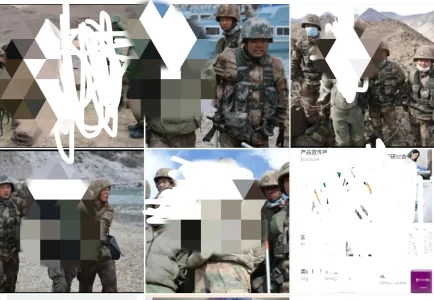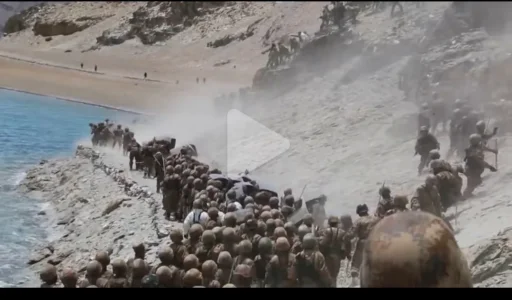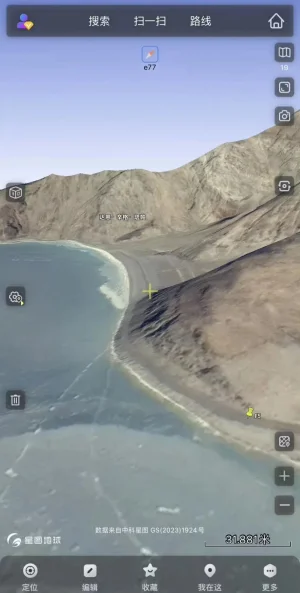- Joined
- Jul 5, 2024
- Messages
- 563
- Likes
- 2,650
1999 - when kargil was happening, one or two companies present for entire ladakh sector.
2000 - post kargil, decision was made to strengthen china facing sectors.
2005 - Nuclear deal between India and U.S
2006 - 70+ projects were surveyed, identified, and sanctioned.
2008 - IAF "unofficially" re-opens on DBO air strip
2008 - chinese internal literature starts mentioning India as an adversary.
2012 - Xi becomes president
2013 - DBO incident , chini troops came in just before their premiere's visit
2014 - Modi becomes Prime Minister
2014 - along to Xi's visit to New Delhi came their troops at border with infra heavy equipment in demchok
2015 - projects sanctioned in 2006 were going at a snail's pace due to bureaucracy. B.R.O gets re- organised to get it fully under MoD. as infra improved, number of confrontations between Indian and chini forces increased.
2015 - Depsang incident
2017 - Pangong Tso incident
2017 - Doklam incident
2020 - Sikkim Incident
2020 - Galwan incident
to get exact number of confrontations/flag drills per year, will have to search for them in parliament Q&A. not sure if these numbers are published on a regular basis, these will be in thousands spread across years.
https://www.bbc.com/news/world-asia-india-29373304
https://www.aa.com.tr/en/asia-pacif...ffs-between-chinese-and-indian-armies/1879115
https://www.orfonline.org/research/chinas-two-front-conundrum

Impasse at the LAC: An Examination of the 2013, 2014, and 2015 Standoffs
This article examines the significance of the 2013, 2014, and 2015 border standoffs between India and China. It presents a detailed account of the border crises and how the two countries tried to manage them.carnegieendowment.org
great list ,
few more additions .
2001 - india/china standoff in tawang , india destroys chinese bridge at chumi gyaste waterfalls
2002 - china builds road upto f4 , pangong tso
2012 - india completes DS-DBO dirt road stretch close to burste depsang
2012 - china responds to indian DS-DBO road construction , builds road right along indian LAC
2014 - china builds road across international border into india , during govt change
20xx - asaphila AP , we blocked chinese road construction on Chinese land , across indian international border












